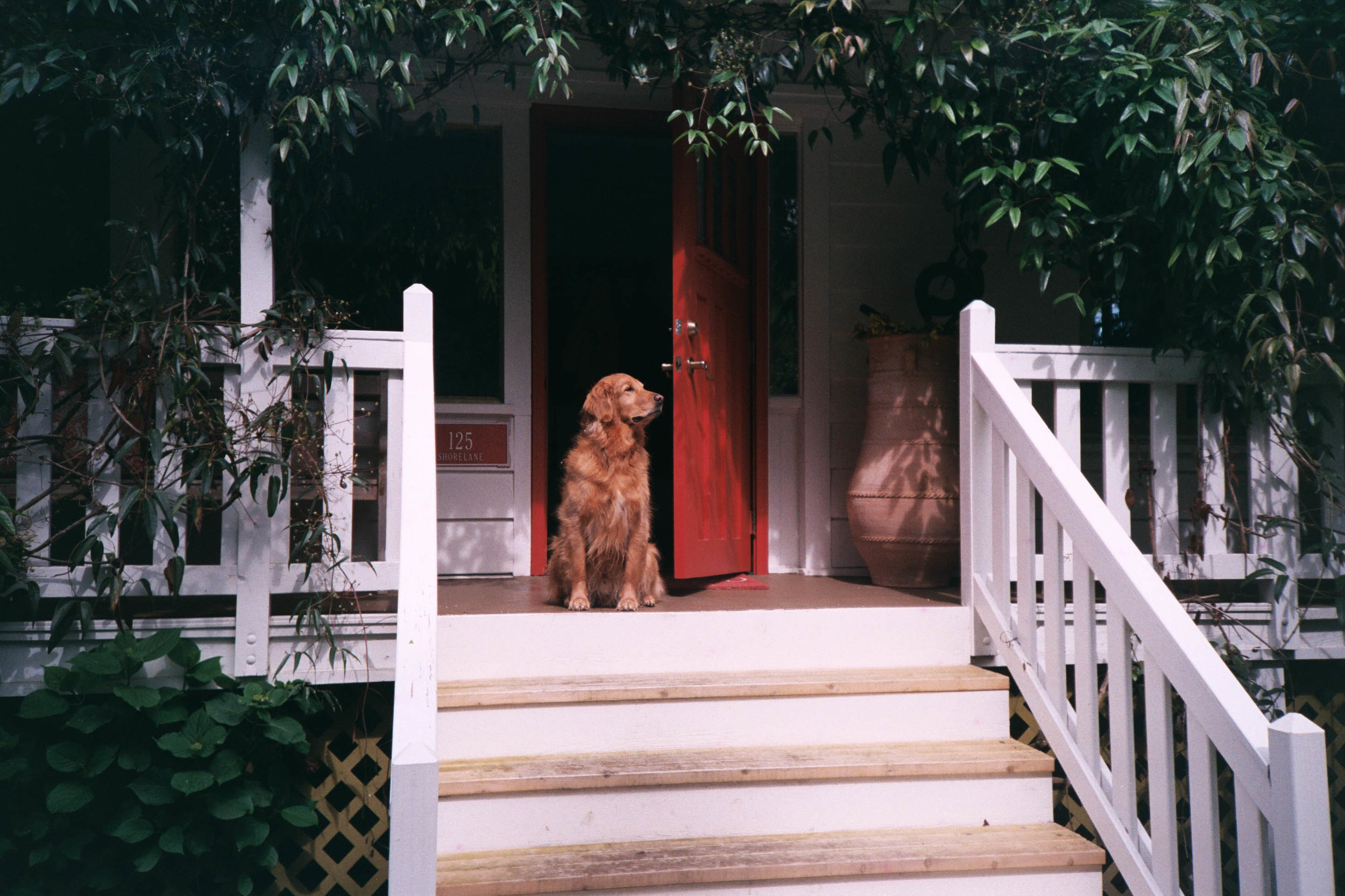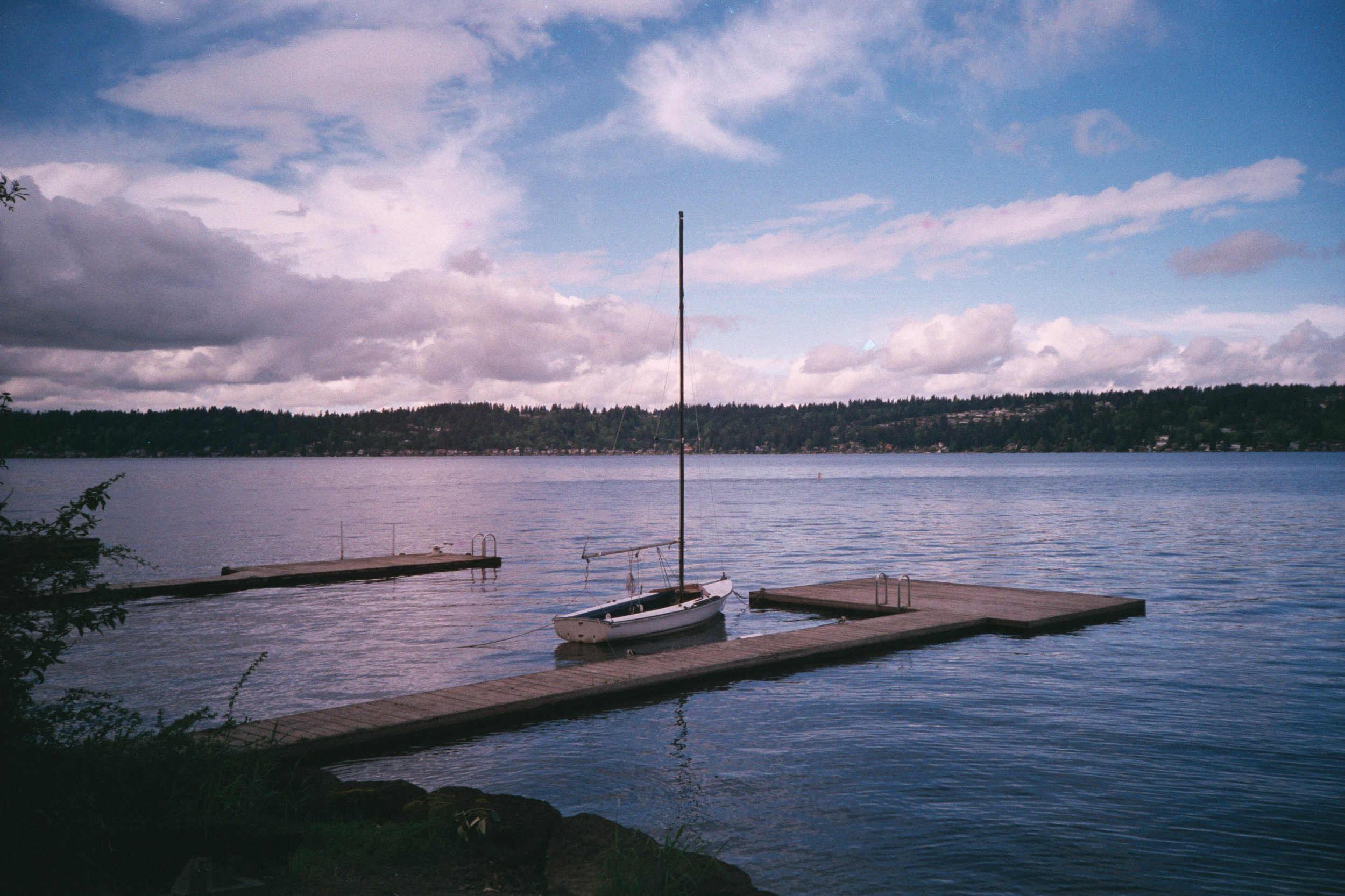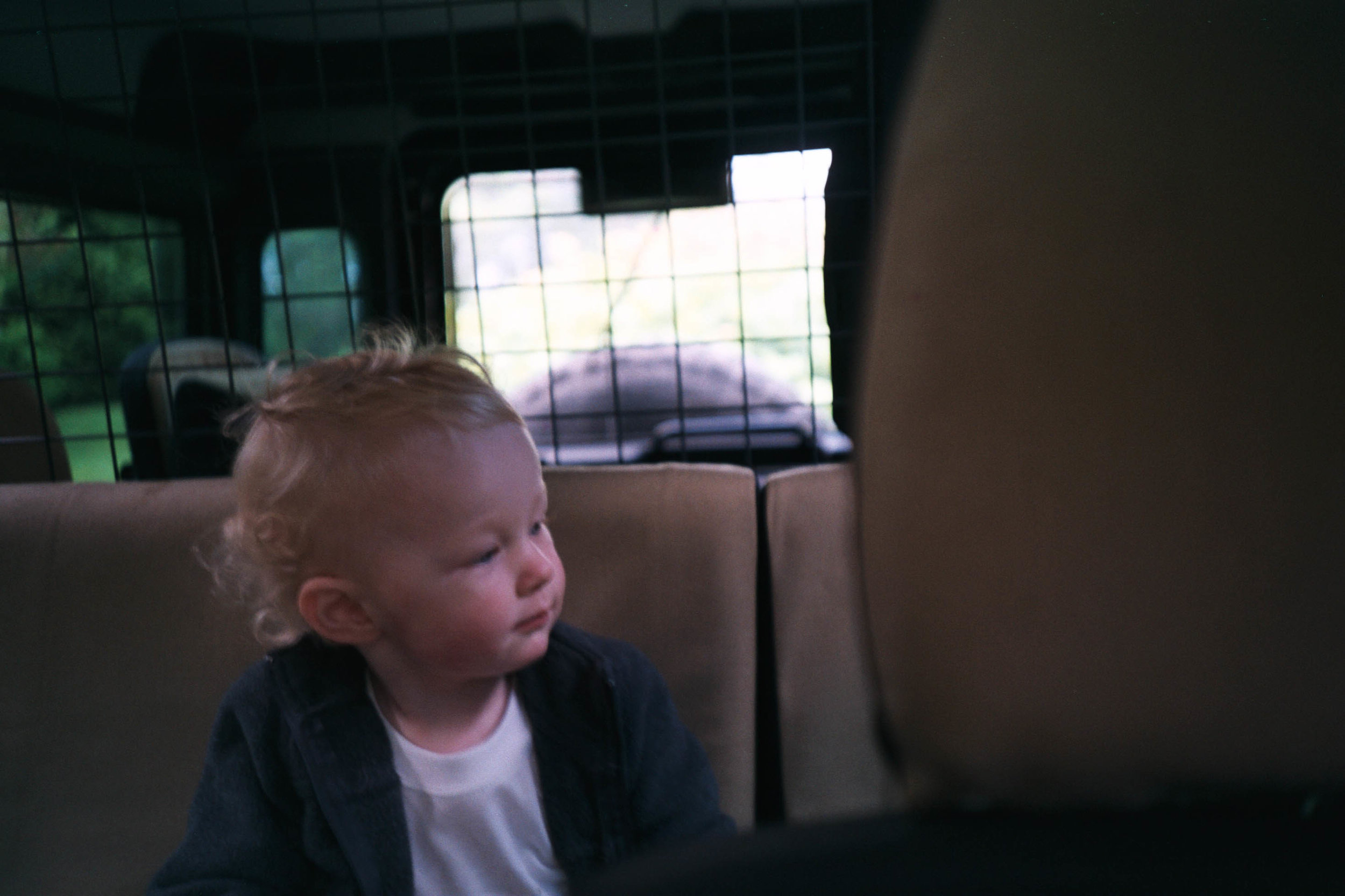LOMO LC-A
Introduced in 1984 the LOMO LC-A was a compact Soviet camera that borrowed heavily from the Cosina CX-2. Production stoped in 2005. It was resurrected in 2006 as the LC-A+ and production was moved to China. This one is an original Russian version. LC-A stands for Lomo Kompakt Automat.
The LC-A was the camera that is credited with launching the Lomography movement in 1991 when a group of Austrian student discovered this compact wonder.
Operationally this is a simple camera. It is a zone focus, with a meter scale on the body and icons in the viewfinder. Aperture is a lever on the other side of the body that adjust the 32mm lens from 2.8 - 16 or Auto mode. Shutter speed is automatic. ASA is displayed in a not easy to read window on the front of the camera. The size is a bit taller than the Minox 35 but uses a slide door not a drop door.
My take:
I was skeptical of the LC-A. I like the Minox 35 as a small pocket camera and did not expect that the LC-A would have the same level of quality. I was wrong. The LC-A was surprisingly well made and felt smooth. I have read that some of the early LC-A+ had quality issues but my none + was great. The other thing that made me skeptical was the association with Lomography. Not that I have anything specifically against it, but I don't think I'm young or hip enough to say that my crap photos are ironic or artistic. They are just crap photos that don't reflect on humanity or make a social statement.
Shooting the LC-A was fun. Easy to use. The icons in the viewfinder made zone focus simple. I liked the feel of it and found it to be a great size. I liked the picture quality. They were clear but still had some old school feel to them. Mine showed some vignetting but not too noticeable. I shot it on a nice clear day so don't know how it does in low light.
I can see why this camera developed a cult following. I like that you get a good image without too much fuss and don't have to over think the process.
Lens: Minitar 1 f2.8 32mm
Film: FujiColor 100




